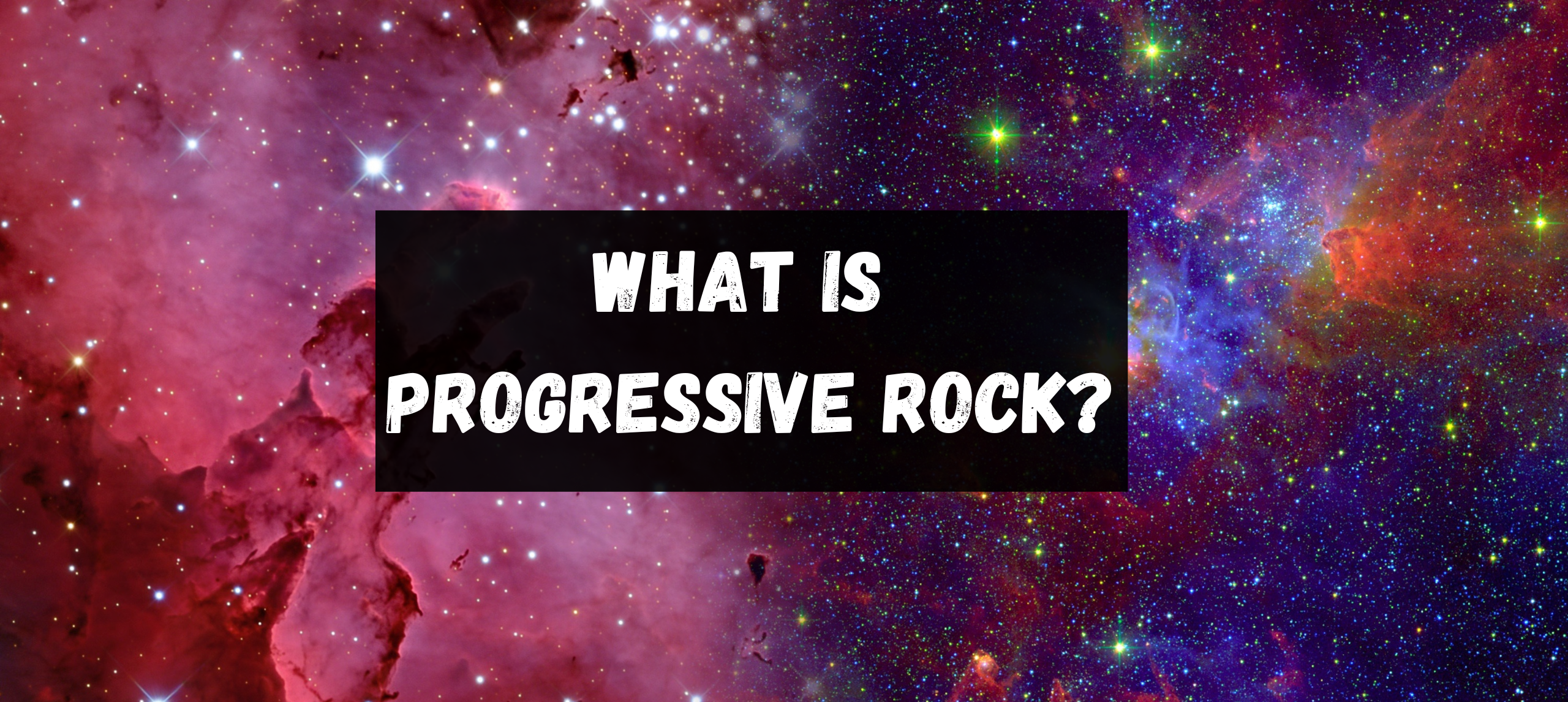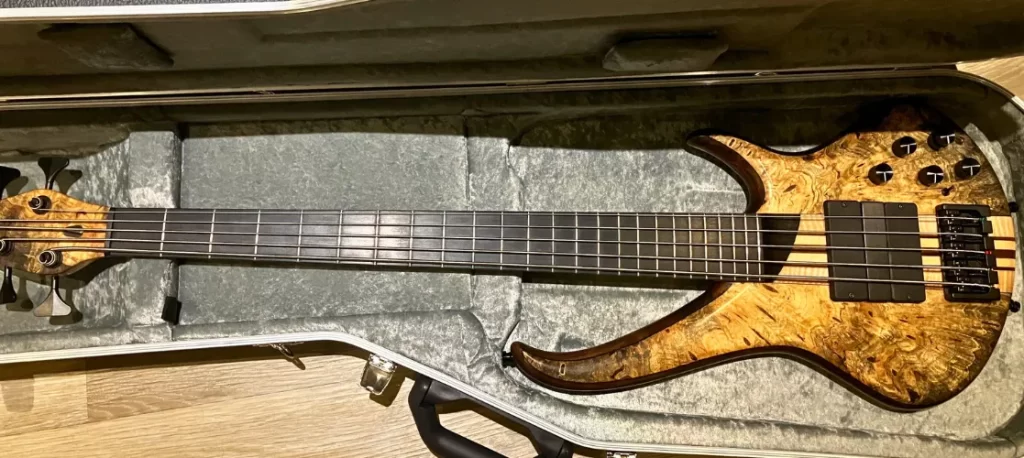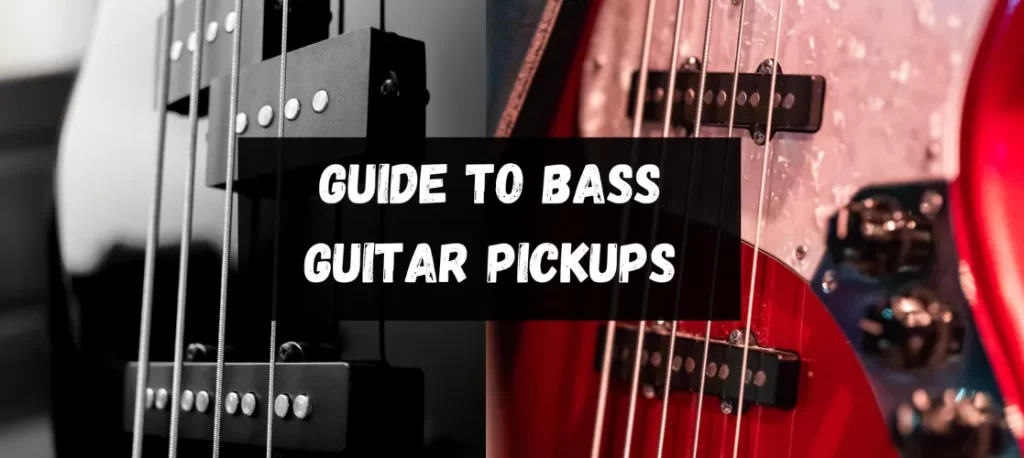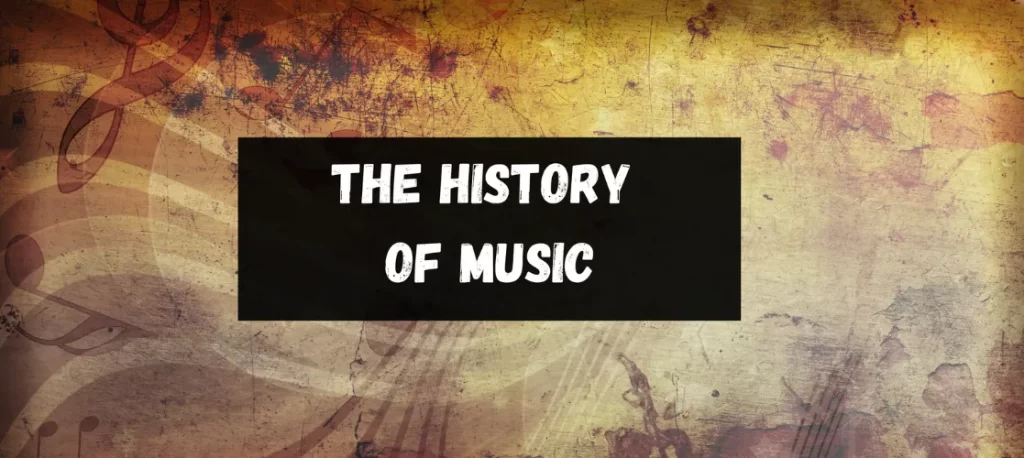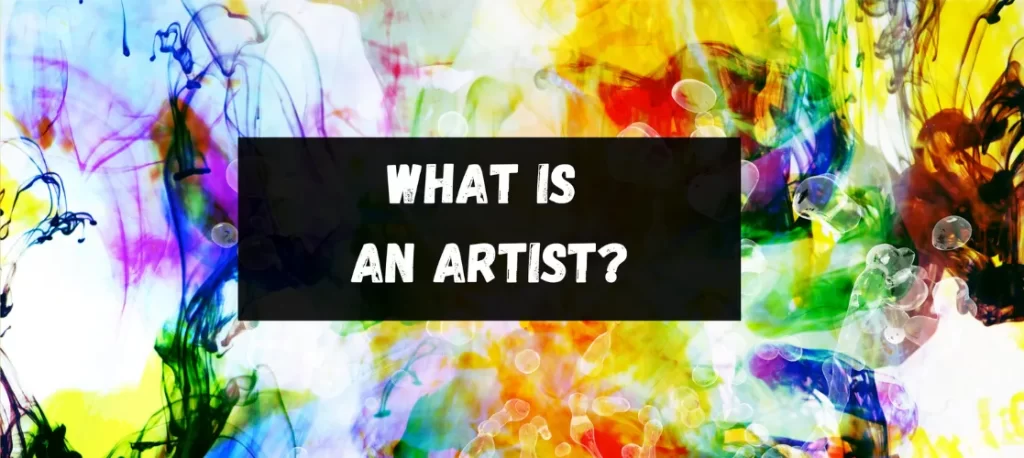August 23, 2023
Howard
Progressive Rock music, often termed “Prog Rock,” is a genre that emerged in the late 1960s and 1970s, known for its intricate compositions, experimental soundscapes, and departure from traditional song structures. It blends rock with elements of classical music, jazz, and folk, characterised by lengthy tracks, conceptual albums, and a focus on virtuosic musicianship. Prog Rock provided a platform for musicians to push the boundaries of conventional rock, resulting in a rich and diverse sonic landscape.
Progressive Rock, often called the symphony of the rock world, has carved an indelible niche in the annals of musical history. A genre that broke barriers, transcended traditional song structures, and laid a bedrock for sonic experimentation; it remains a captivating enigma for many. But what precisely gives this style its ‘progressive’ epithet? And how did it evolve to command such an emotional, almost cult-like, following? Let’s delve into it!
Evolution Through the Ages
Music genres are constantly evolving, and Progressive Rock is no exception. This section will delve into the dynamic history of Prog Rock, tracing its metamorphosis over the decades and exploring the pivotal moments and regions that have shaped its journey.
The 1970s: Prog Rock’s Golden Decade
The 1970s heralded an era where Prog Rock shined brightest. This period saw the genre establish itself as a formidable force in the music industry, producing some of the most iconic bands and albums.
- The UK Landscape: A Prog Rock Hotspot: Britain, during the 1970s, was a fertile ground for Prog Rock. Bands like Pink Floyd, Genesis, and Yes started weaving intricate musical tales, setting the stage for others to follow, and making the UK an epicentre for this expansive sound. One particular hotspot was the Canterbury Scene.
- The Global Expansion: Prog Rock Worldwide: While the UK might have been its cradle, Prog Rock’s influence was soon felt across continents. From the European heartlands to the American coastlines, new bands embraced the genre, each adding their unique cultural twist.
The 1980s: Neoprog Resurgence and Innovations
Along with many genres, the 1980s brought about change for Prog Rock. The rise of Neoprog—a more radio-friendly version of its predecessor—saw the genre experience a resurgence, while other forms emerged and evolved.
Japan’s Emergence as a Prog Power Player
The Land of the Rising Sun started resonating with Prog Rock’s complex beats in the 1980s. With bands like Kenso and Teru’s Symphonia, Japan firmly placed itself on the Prog Rock map, showcasing its affinity for intricate art forms.
The 90s and Beyond: Reinventing and Expanding the Genre
Entering the 1990s, Prog Rock started incorporating elements from other genres, leading to a richer, more diverse soundscape. This period of reinvention ensured that Prog Rock remained relevant and innovative.
- The Prog Metal Debate: As the lines between hard rock, metal, and prog began to blur, a new subgenre was birthed: Progressive Metal. Bands like Dream Theater championed this fusion, although purists remained divided on its true place within the Prog Rock realm.
- Navigating the 2000s: A Dynamic Soundscape: The 2000s saw Prog Rock bands experimenting even further, blending electronic elements and alternative influences. The genre’s boundaries became ever more fluid, leading to a plethora of diverse sounds and subgenres.
- Recent Trends: 2010-2020 and Prog’s Modern Manifestations: The last decade has been a testament to Prog Rock’s enduring appeal and adaptability. From revisiting vintage sounds to pioneering futuristic audio palettes, the genre continues to surprise, enchant, and evolve.
The Many Faces of Progressive Rock
If Progressive Rock were an artist’s palette, it would burst with a myriad of colours, each representing its numerous subgenres. This section delves into this dazzling spectrum, exploring the diverse soundscapes that reside under the Prog Rock umbrella.
The Rich Tapestry of Subgenres
The true strength of Prog Rock lies in its adaptability and its ability to meld with various musical genres. This has given birth to a wide array of subgenres, each resonating with unique tones, rhythms, and stories.
- Jazz Infusions and Fusion Innovations: Blending the improvisational wizardry of jazz with Prog Rock’s structural complexities, Jazz Rock/Fusion has carved its niche in the music scene. Bands like Soft Machine and Weather Report elegantly bridge the two worlds, offering listeners a harmonious confluence of intricate rhythms and melodies.
- Space Sounds Psychedelic and Krautrock Confluence: Emerging from the late 1960s and early 1970s cosmic haze, Psychedelic and Krautrock present a mesmerising fusion of electronic experiments and otherworldly themes. Acts like Pink Floyd and Can venture into this sonic realm, transporting audiences on interstellar auditory journeys.
- RIO and Avant-Garde Adventures: Rock in Opposition (RIO) and Avant-Prog showcased the genre’s rebellious spirit, often deviating from traditional song structures. With bands like Henry Cow leading the charge, they offered audacious and unconventional soundscapes that defied mainstream norms.
- The Melodic Allure of Neo-Prog and Symphonic Tunes: The 1980s ushered in Neo-Prog, a subgenre that reinvigorated the classic Prog Rock sound with more melodic undertones. Marillion and IQ stand testament to this era. Symphonic Prog, on the other hand, is mesmerised by its grand orchestral arrangements, reminiscent of classical compositions.
- From Post Rock/Math to Zeuhl: Diverse Prog Explorations: Post Rock and Math Rock presented mathematical precision in their rhythm structures, while Zeuhl, with its otherworldly vocals and rhythms, offered an experience like no other, drawing inspiration from the likes of Magma.

Characteristics and Core Elements
At the heart of Progressive Rock’s immense appeal is its distinctive nature, characterised by a series of nuanced features and pioneering technological explorations. In this section, we’ll unravel the defining elements that set Prog Rock apart and the instrumental advancements that have enhanced its sonic landscape.
Distinguishing Features of Prog Rock
Progressive Rock is not just a genre; it’s an experience. Often charting unexplored terrains, Prog Rock songs frequently extend beyond the conventional three-minute mark, evolving into elaborate symphonies. These compositions often eschew the traditional verse-chorus structure, leaning instead towards intricate arrangements, time signature changes, and thematically rich lyrical content. Multi-part suites, conceptual albums, and complex musical themes are hallmarks of this genre. Not to mention, the musicianship within Prog Rock bands is typically of an exceptionally high calibre, with artists often pushing the boundaries of what’s achievable on their respective instruments.
The Role of Electronic Instruments and Technological Advancements
The sonic texture of Prog Rock underwent a transformative shift with the advent of electronic instruments. Synthesisers, mellotrons, and organs became instrumental in carving the genre’s expansive soundscapes. Pioneering bands embraced these tools, weaving electronic layers into their compositions, thus creating atmospheric and ethereal melodies. Moreover, advancements in recording technology allowed for multi-track recording and studio experimentation, further broadening the horizons of what was possible. From Pink Floyd’s innovative use of the VCS3 synth to Keith Emerson’s legendary Moog modular exploits, the interplay between Prog Rock and technology has been a symphony of innovation and exploration.
Prog Rock’s Visual and Aesthetic Aspect
In the vibrant tapestry of Progressive Rock, it isn’t just the auditory elements that stand out. The genre’s visual side – its album covers, stage designs, and general aesthetics – has played an instrumental role in shaping its unique identity. As we venture into the visual terrains of Prog Rock, we find a realm where fantasy meets reality, where the audacious meets the artful.
The Significance of Fantasy Art and Imagery
One cannot discuss the aesthetics of Prog Rock without delving into the enchanting world of fantasy art that graced many an album cover. This art, often surreal and ethereal, wasn’t just a decorative afterthought; it was an integral part of the Prog Rock experience. The intricate illustrations and dreamlike landscapes captured the essence of the music within, providing a visual narration to the often-complex audio tales.
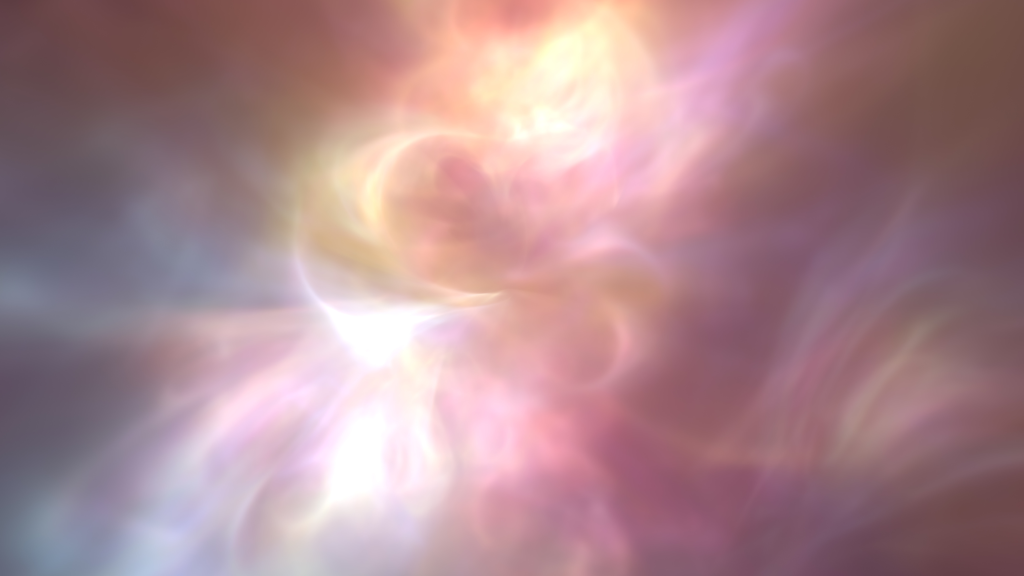
Artists like Roger Dean, with his otherworldly landscapes for Yes, and Storm Thorgerson’s surreal visuals for Pink Floyd, encapsulated the very spirit of Progressive Rock. These covers weren’t mere artworks; they were gateways, beckoning listeners into the labyrinthine worlds contained within the grooves of the records.
From majestic dragons to floating islands and cosmic odysseys, the imagery associated with Prog Rock painted a universe that was as expansive and imaginative as the music itself. It was a visual feast, one that complemented the sonic banquet, making the experience of Progressive Rock holistic and immersive.
The Masterminds Behind the Movement
The grand symphony that is Progressive Rock wasn’t born in a vacuum. It was the result of visionary musicians and artists whose audacity and creativity dared to push beyond the familiar confines of rock, crafting sonic masterpieces that stand the test of time. This section honours these architects of sound, diving deep into their legacies and the anthems they’ve gifted the world.
Celebrating Prog Rock’s Most Iconic Bands and Artists
In the pantheon of Progressive Rock, specific names shine bright, their contributions pivotal in shaping the genre’s trajectory. Genesis, with their intricate compositions and theatrical live performances, exemplifies the spirit of Prog. Pink Floyd’s experimental soundscapes, coupled with profound lyrical themes, have resonated with millions, while the virtuosic prowess of Yes and the narrative-driven epics of King Crimson have forever etched their names into Prog history.
Beyond the well-known giants, bands like Emerson, Lake & Palmer, Jethro Tull, and Van der Graaf Generator further expanded the genre’s boundaries, each introducing their unique flavour to the Prog melting pot. Their stories, their struggles, and, above all, their Music have served as both inspiration and foundation for countless bands that have followed.
A Deeper Dive into Memorable Songs and Anthems
Delving into the anthems of Progressive Rock is akin to exploring a treasure trove of sonic gems. From the ethereal strains of Pink Floyd’s “Shine On You Crazy Diamond” to the grandiose sweep of Genesis’ “Supper’s Ready,” these tracks are not just songs; they’re experiences. King Crimson’s “21st Century Schizoid Man” started listeners with its raw intensity, while Yes’s “Close to the Edge” is a masterclass in composition and musicianship.
However, to focus solely on these classics would be to skim the surface. Many a Prog anthem, perhaps lesser-known yet equally significant, awaits the discerning listener’s ear. As we delve deeper into this section, we’ll uncover these hidden jewels, each a testament to the genre’s rich diversity and depth. I’ve made a list of what I believe to be the best prog rock albums!
The Continuous Dialogue with Progressive Rock
As With any influential genre, Progressive Rock hasn’t existed in isolation. Its tendrils have reached out, intertwining with other genres, even as it continues to evolve, drawing inspiration and sparking innovation. This section delves into Prog’s continuous dialogue with the broader musical landscape and ponders its future trajectory in an ever-changing sonic world.
Prog’s Symbiotic Relationship with Other Genres
Progressive rock’s genesis, though rooted in the 1960s rock scene, owes much to its symbiotic relationship with a myriad of genres. Jazz, for instance, has bequeathed its improvisational spirit and complex structures, as evident in bands like Soft Machine. Folk’s narrative-driven lyricism found its way into Prog’s epics, whilst the experimentation of electronic music has frequently peppered Prog’s soundscape, pushing its boundaries further.
This mutual exchange has birthed sub-genres, like the Jazz-Rock Fusion of the ’70s and the Prog Metal of the ’90s. Simultaneously, Progressive Rock’s intricate compositions and thematic concepts have influenced genres as varied as Ambient, Post-Rock, and even some strands of Indie Rock. It’s this adaptability and openness to external influences that has kept Prog fresh and relevant.
Predicting the Prog Pulse: What Lies Ahead
Forecasting the future of progressive rock is a challenging, yet thrilling, endeavour. The genre’s inherent propensity for reinvention and innovation suggests that it will continue to adapt, reflecting contemporary societal and technological shifts. As emerging artists infuse Prog with elements from modern genres like EDM, Ambient Electronica, and World Music, a rich tapestry of sounds awaits eager listeners.
Moreover, with the advent of digital platforms and the DIY spirit of modern artists, Progressive Rock could witness a resurgence in grassroots movements, akin to the underground scenes of yesteryear. Whether through grand concept albums that tackle today’s global challenges or intimate performances that blend classic Prog with contemporary sounds, one thing is sure: the Prog pulse will continue to beat, strong and steady.

Challenges and Adaptation
Throughout its illustrious journey, Progressive Rock hasn’t always basked in the spotlight. Like many genres, it’s faced its fair share of challenges, most notably in the shifting musical landscape from the late 1970s to the 1990s. This section delves into Prog’s turbulent relationship with mainstream popularity, highlighting its resilience and remarkable ability to adapt and reinvent itself.
Late 1970s to 1990s: Prog’s Battle with Mainstream Popularity
The late 1970s saw a dramatic shift in the musical paradigm. With the rise of punk, disco, and new wave, the intricate compositions and thematic grandeur of Progressive Rock seemed, to many, increasingly out of step with the times. Critics began to label Prog as self-indulgent and outdated, causing many bands to disband or adapt their sound to more radio-friendly formats.
It Was a period of introspection and recalibration for the genre. Bands were torn between preserving their artistic integrity and adapting to a music industry hungry for concise, chart-topping hits. The commercial pressures were palpable, and even giants of the genre faced a decline in album sales and concert attendance.
Neoprog and the Renaissance of Progressive Rock
However, as the 1980s dawned, a fresh wave known as ‘Neoprog’ began to emerge. Taking cues from the original Progressive Rock pioneers, bands like Marillion, IQ, and Pendragon rekindled the genre’s spirit, albeit with a more modern, accessible twist. This ‘neo’ movement fused traditional Prog elements with the aesthetics of the 80s, such as synthesizers and more concise song structures.
The Neoprog movement marked a significant renaissance for Progressive Rock. It demonstrated that the genre could evolve without compromising its core essence. While it may not have reclaimed the vast popularity of Prog’s 1970s heyday, it ensured the genre’s survival, setting the stage for further evolutions and adaptations in the years to come.
The Modern Manifestations
As we journey further into the narrative of Progressive Rock, the modern era beckons with fresh innovations and evolutions. From the turn of the millennium to the present day, Prog has defied expectations, continuing to push boundaries and reinvent itself in the face of an ever-changing musical landscape. This section sheds light on the latest chapters in Prog’s storied legacy, introducing us to the bands, soundscapes, and fusion genres that have kept its spirit alive and kicking in the 21st century.
Prog in the 21st Century: New Bands, New Soundscapes
The dawning of the 21st century brought with it a resurgence in interest in Progressive Rock. Digital platforms and social media have played a pivotal role, allowing new bands to reach a global audience and older bands to reconnect with their fan base. Artists like Porcupine Tree, The Pineapple Thief, and Riverside have brought novel textures and sounds, blending traditional Prog elements with contemporary influences, ensuring the genre remains relevant and resonant.
Moreover, festivals dedicated to Progressive Rock have sprouted across the globe, celebrating both its vintage classics and newer iterations, fostering a communal spirit among enthusiasts.
Prog Rock Today: 2010-2020 and Beyond
The past decade has been particularly exciting for Progressive Rock aficionados. With a blend of vintage revivals and innovative new bands taking the stage, the 2010s witnessed Prog’s undying spirit in full swing. A slew of albums released during this period have been lauded as modern classics, with bands seamlessly integrating technology and even flirting with genres like electronica.
Cultural Impact and Legacy
Progressive Rock, with its rich tapestry of soundscapes and intricate compositions, has left an indelible mark not just on the world of music but on popular culture at large. Its multifaceted nature, marrying musical virtuosity with thematic depth, has seen it seep into Various art forms and mediums. This section delves into the expansive cultural footprint of Prog, shedding light on its enduring influence and the reverence with which it’s celebrated today.
Progressive Rock’s Influence on Popular Culture
From iconic album covers adorning bedroom walls to its presence in cinema soundtracks, Progressive Rock’s tentacles have stretched far beyond concert halls and vinyl records. The genre’s penchant for storytelling and atmospheric sound palettes has resonated with filmmakers, novelists, and visual artists, influencing their creative processes.
Prog’s complex rhythms and time signatures have even made their mark in the world of dance, inspiring choreographers to craft pieces that echo its dynamism and depth. Moreover, its lyrical themes, often steeped in fantasy, philosophy, and socio-political commentary, have sparked discussions and debates, leaving a lasting impact on intellectual circles and popular discourse.
The Undying Spirit of Prog: Festivals, Tributes, and New Generations
The reverence for Progressive Rock is palpable at the numerous festivals dedicated to celebrating its legacy. From the quaint English countryside to bustling cities worldwide, enthusiasts gather in droves, united by their passion for Prog. These festivals often juxtapose vintage acts with emerging talents, offering a holistic Prog experience and a testament to the genre’s timeless appeal.
Tribute bands, meticulously recreating the magic of Prog legends on stage, are another testament to its enduring charm. They keep the classics alive, introducing them to younger generations who might not have experienced the original acts in their prime.
And speaking of new generations, they too have embraced the spirit of Prog, forming bands that carry the torch forward while adding their unique spin. Their reverence for the past, coupled with a desire to innovate, ensures that the legacy of Progressive Rock is in safe hands, poised to inspire and mesmerise for decades to come.
Popular UK Prog Rock Festivals
- Summer’s End Progressive Rock Festival: Located in Chepstow, this festival celebrates the best of progressive rock and has been running for several years, featuring both new and established acts.
- HRH Prog: This event is organized by the Hard Rock Hell franchise and takes place in different locations, like Pwllheli in North Wales. HRH Prog brings together prog rock bands from various eras.
- The Winter’s End Progressive Rock Festival: This can be seen as a companion to the Summer’s End festival, providing fans with another opportunity to see top-notch progressive rock acts.
- Prog The Forest: An event usually held in London, it has become known for showcasing emerging talent within the prog scene.
- Night of the Prog Festival: While this is technically in Germany, on the famous Loreley stage, it’s worth mentioning due to its proximity to the UK and its significance in the European prog community. Many UK fans travel to this event, and many UK bands play there.
- Ramblin’ Man Fair: Located in Maidstone, Kent, this festival is broader than just progressive rock, but it often features a dedicated Prog stage with notable prog bands.
- Progtoberfest: Held in London, this festival brings together a range of progressive music acts over a series of days.
Conclusion
In the ever-evolving world of music, genres come and go, and trends rise and fall, but the mark of a genuinely impactful genre is its ability to leave an indelible legacy. Progressive Rock, with its rich tapestry of sounds, its depth of thematic explorations, and its relentless pursuit of musical innovation, has undoubtedly carved a niche for itself that’s both profound and unparalleled.
Few genres have demonstrated the resilience and adaptability of Progressive Rock. From its early inception in the UK, charting its meteoric rise during the ’70s, battling mainstream popularity, and then experiencing a renaissance, Prog has always found a way to remain relevant and adored. It’s not just the complexity of its musical structure or its innovative amalgamation of diverse sounds that makes it stand out. It’s the genre’s ability to evoke emotion, tell stories, and transport listeners to different realms, both real and imagined.
The legacy of Progressive Rock isn’t just confined to its songs or its iconic albums; it’s a cultural phenomenon. Its influence permeates through various artistic expressions, from the visual arts to literature, cinema, and beyond. As we reflect upon its journey, one thing becomes abundantly clear: Progressive Rock is more than just a genre—it’s an ethos, a movement, and above all, an enduring testament to the limitless potential of human creativity.
Have you wondered, what is rock music?
Continue The Journey

Howard Head
I turn confused bass enthusiasts into bass gods through a simple and logical process.

